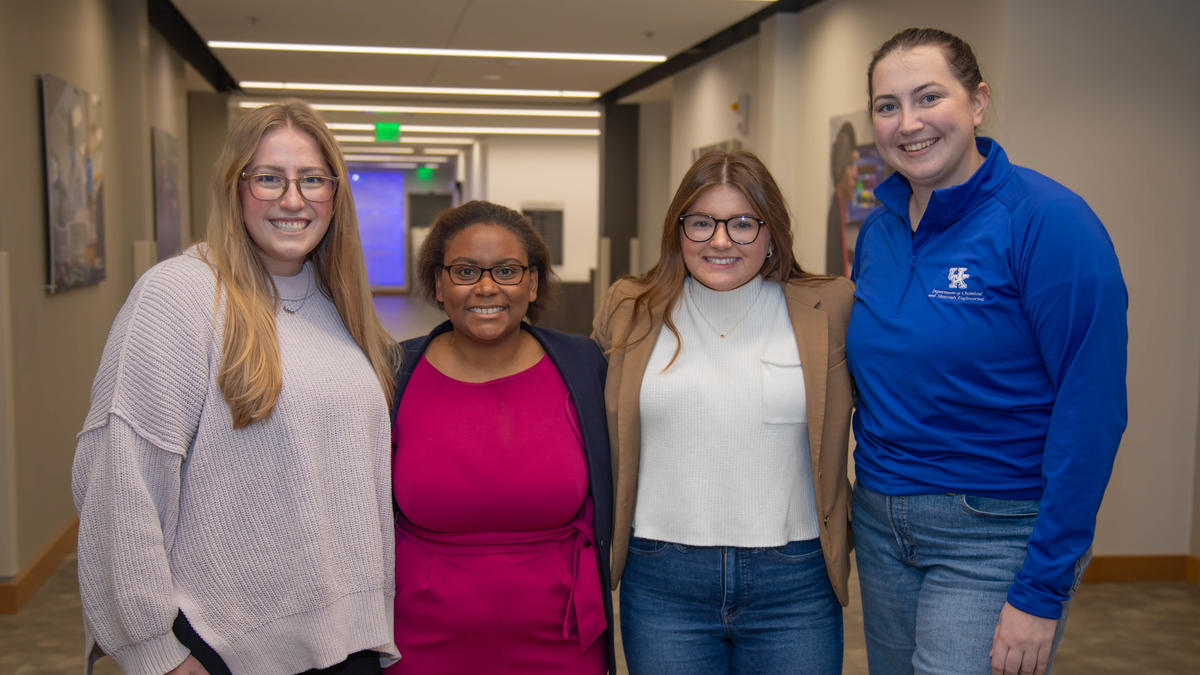Brittany Givens, an assistant professor in the Department of Chemical and Materials Engineering, published a research article in the American Association of Pharmaceutical Scientists (AAPS) Journal, alongside her three engineering student co-authors.
Ashbey Manning, a chemical and materials engineering major set to graduate in 2024, Claire Rowlands, a chemical and materials engineering Ph.D. candidate set to graduate in 2024 and Hope Saindon, a chemical and materials engineering major graduating in 2023, joined Givens on the publishing of "Tuning the Emulsion Properties Influences the Size of Poly(Caprolactone) Particles for Drug Delivery Applications."
Abstract
Advances in drug delivery have been accelerated with the addition of polymeric drug carriers. Direct delivery to a target site is a promising step in developing effective drug and gene therapies to treat disease. The efficacy of these drug carriers heavily relies on cell uptake without compromising critical cellular processes that promote cell viability. Drug release from biodegradable polymers is mediated largely by polymer degradation, and therefore the rate of polymer degradation dictates the feasibility of drug delivery applications. Traditionally, poly(caprolactone) (PCL) has only been used in long-term biomedical applications because the degradation time is much slower than other polymers. However, the biocompatibility of this polymer and the potential for longer delivery windows renders it a promising polymer candidate for drug delivery. In this work, we outline sixteen emulsion solvent evaporation preparation methods for PCL nanoparticles and microparticles to develop particles between 300 nm and 1.7 μm and with zeta potentials of -1.8 mV. We further investigated particles in a size range suitable for systemic tumor delivery and inhaled aerosol delivery to determine cell biocompatibility with the polymer in lung adenocarcinoma, endometrial adenocarcinoma, and human embryonic kidney cells. We determined these particles aren't detrimental to cell viability below particle monolayer coverage atop cells and therefore these formulations hold promise for the next stage of development as sustained-release drug delivery carriers.
Read article in full here.
The AAPS Journal, an official journal of the AAPS, publishes novel and significant findings in the various areas of pharmaceutical sciences impacting human and veterinary therapeutics.
